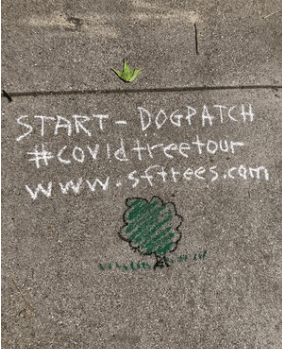Balance. That should be your ‘today mantra.’
I’m talking about balancing self-love with donor-love.
You can’t help others unless you first take care of yourself.
This is really a truism you should carry with you throughout your life. But it’s never been truer than the times in which we’re currently living.
At the bottom of this article, I’m going to offer you some ‘don’t panic’ self-care strategies.
Since, however, you primarily look to me for fundraising advice, let’s begin with some specific strategies to try right NOW.
FIRST: Take Care of Your Donors
 Connect, Connect, Connect – with Everyone!
Connect, Connect, Connect – with Everyone!
Talk to your donors about how they’re doing. It’s always been good practice to stay in touch with your supporters. In fact, the numero uno reason donors stop giving is due to your poor communication with them. So use this time as your reason to – finally — get your donor love and loyalty plan off your back burner!
Take this opportunity to connect with folks with sensitivity and empathy. Show you care about them. As people, not just donors. Let them know you’ve no idea how this pandemic may be affecting them, personally and professionally. Listen and empathize with what they tell you. Depending on what your organization does, you may even be able to help them. At least put out an offer of help, and a listening ear, should they need you in the coming weeks and months. Then – as appropriate — share with them the situation for your organization and those who rely on your programs and services.
NEXT: Take Care of Your Mission with Specific Strategies to Try Right Now
Details



 Is there a best way to raise money?
Is there a best way to raise money?


 Connect, Connect, Connect – with Everyone!
Connect, Connect, Connect – with Everyone!
 There’s a lot about fundraising folks take for granted. And not in a good way. Because… much of it is untrue!
There’s a lot about fundraising folks take for granted. And not in a good way. Because… much of it is untrue!


 What’s in a name?
What’s in a name?